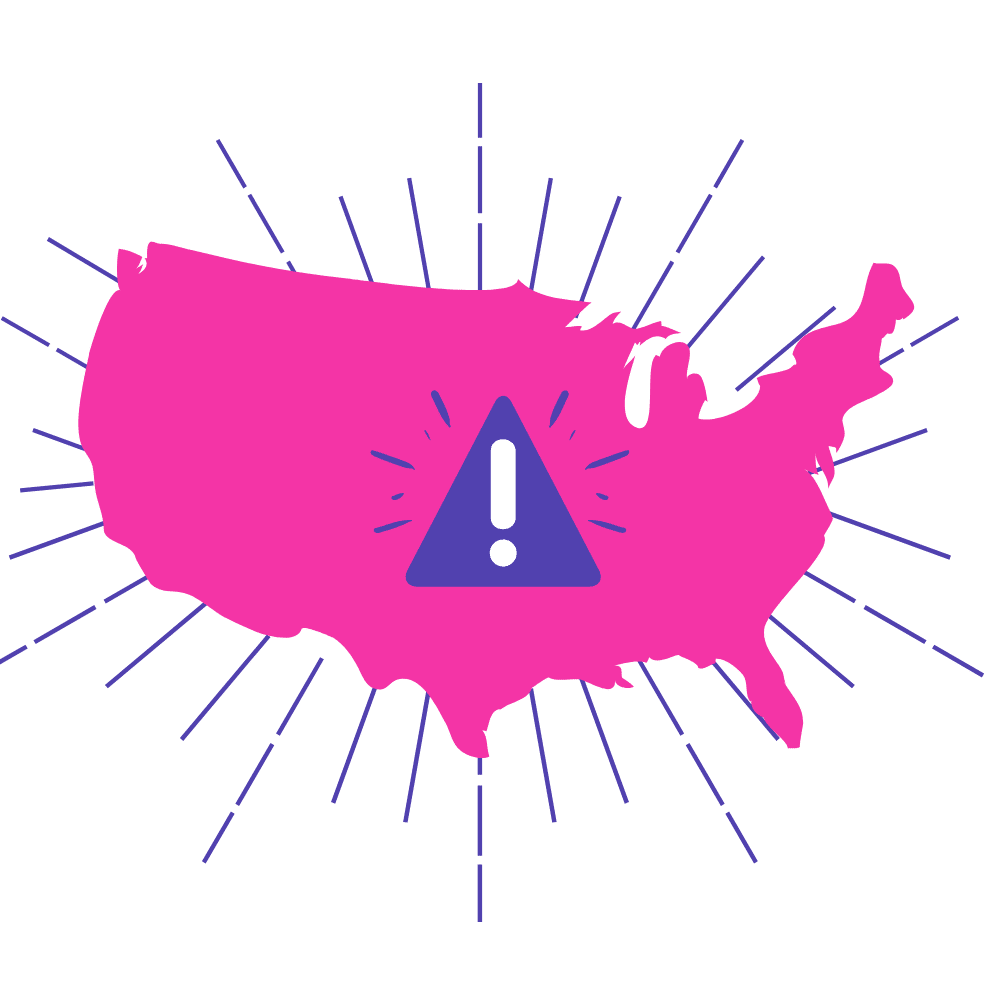While experts continue to seek effective treatment and vaccine options for the ongoing COVID-19 virus, mental health care providers face another side of this worldwide phenomenon: the unforeseen and widespread impacts on individual and community mental health and well-being.
From anxiety, depression, and post-traumatic stress disorder to substance abuse and suicidal ideation, mental health disturbances ranging from mild to severe are on the rise, according to various studies, surveys, and data from experts and national health organizations.
The mental health services your clinic and providers offer are not just more in demand but also vital to a more holistic recovery from today’s public health crisis. The question then is, how do you reach and connect with these individuals in need of the mental healthcare you provide?
As the nature of individuals’ routines continues to shift and adapt to the current pandemic reality, so too have communication and marketing strategies shifted in response. Even with limited staffing, time, or financial resources for marketing, these six tips can help you get the word out to your patients about your availability for in-person and telehealth visits.
1. Purchase targeted Facebook ads
Perhaps now more than ever, social media is pervasive in the way people today are communicating and finding information, including about mental health. As a more specific strategy, targeted ads on Facebook, for example, enable your clinic to hone in on particular attributes or demographics, such as age range or location, of individuals who may benefit from your services.
2. Optimize website for SEO
In addition to social media, appearing in local web searches for mental health services (or any services that you provide) is key to successful marketing during the current pandemic. Optimizing your website for SEO can boost your search rankings and make it easier for people to find your clinic and providers when searching for your types of services.
This could include creating content relevant to your area if your team has the resources. It could also mean easier fixes such as updating meta descriptions and title tags, either manually or using plug-ins like Yoast SEO for WordPress.
3. Use text messaging-based marketing
Today, many EMR/EHR options enable text message or SMS-based communication with patients. This connectivity, often used for appointment or refill reminders, could also become a way to regularly check in with patients, letting them know your clinic and providers are available to them and their loved ones during these challenging times.
4. Send out an email newsletter
Another way to stay more directly connected with patients is to distribute an email newsletter. The length and types of content in this newsletter can vary based on your resources, but potential topics might include mental health tips, updates on the latest news from the CDC, or virtual events, such as group discussions or informational sessions, to keep people engaged.
This helps keep your clinic top of mind when your patients or readers of your newsletter, their family member, or friend experiences behavioral health problems, which is all the more likely as the pandemic continues. Services like MailChimp offer free and inexpensive solutions that are easy for businesses to set up for regular distribution, such as monthly or weekly.
5. Create original and engaging images
From memes and blog post images to direct mailers and brochures, many marketing options use strong visual components to leave a lasting impression of your clinic and providers with potential patients. Apps and web-based services like Canva offer inexpensive and user-friendly access to templates and other tools to help your clinic create eye-catching images for your digital and print marketing materials.
6. Distribute flyers
In addition to creating images, your team could also design and print flyers advertising your clinic and the services you provide. You can then distribute these one-page flyers to local businesses, schools, community centers, pediatricians’ offices, and other areas where patients may seek information about such services.
While this list might be a little overwhelming, try 1-2 tactics/week to see what garners the best results. Now, more than ever, it’s imperative that your community knows the services you provide are available to them.



